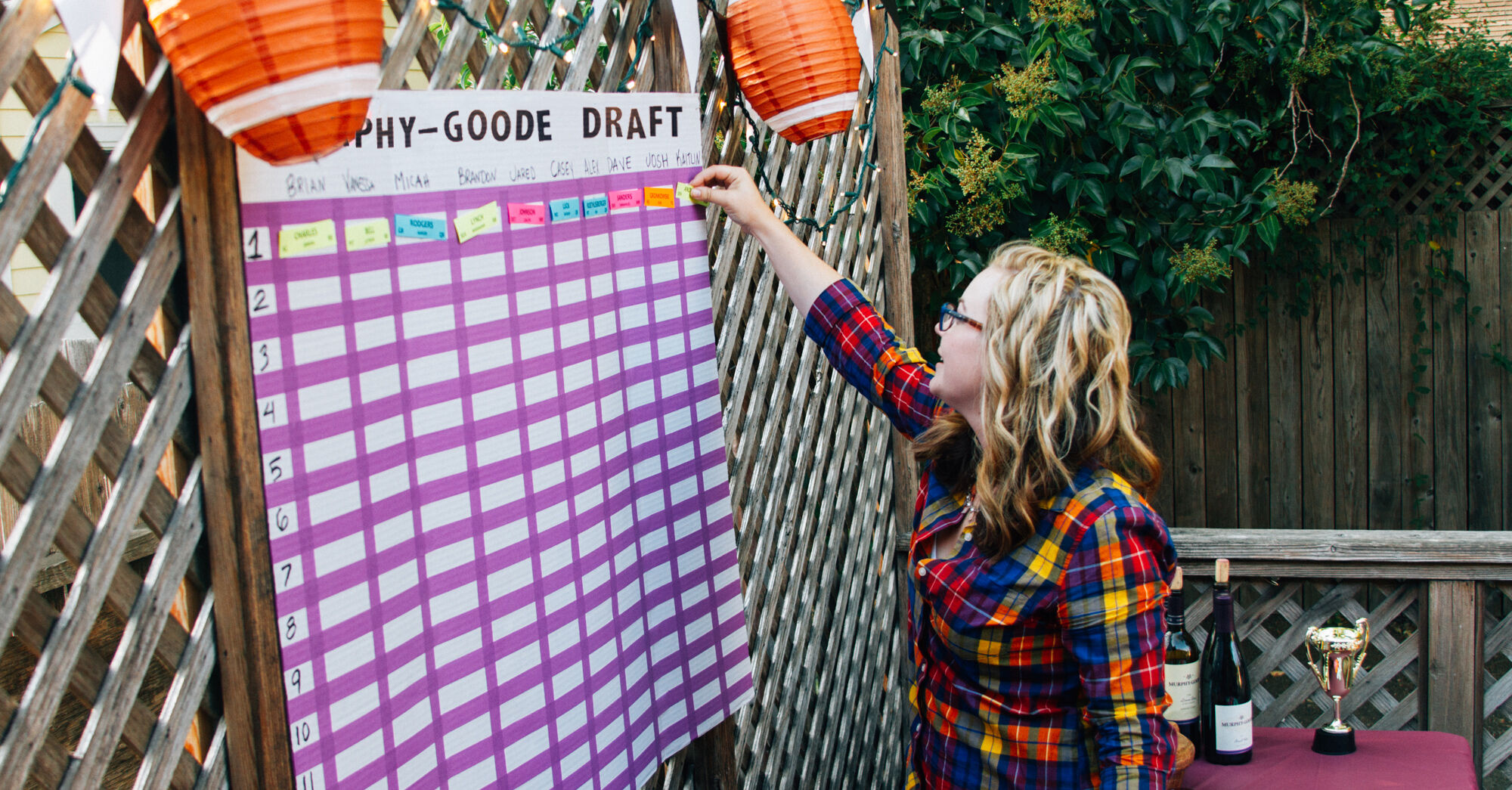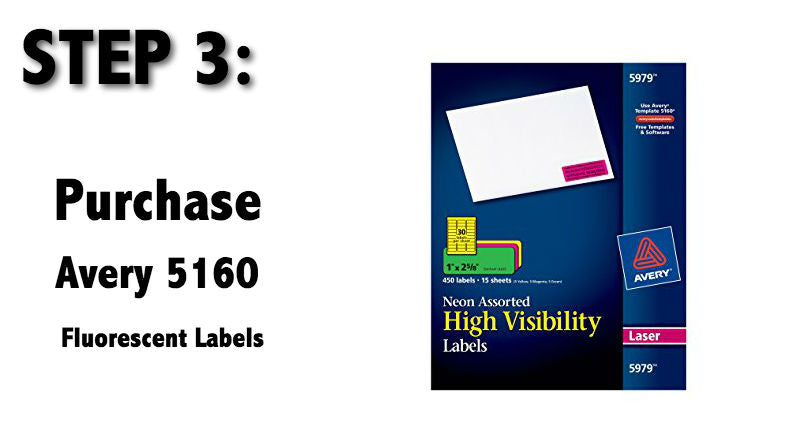Alright, let’s talk about making fantasy football labels for draft day. Our league’s been going for years, and honestly, I was getting a bit tired of just clicking names on a screen during the draft. Felt kinda sterile, you know? I missed having a big board up, something physical. So, this year, I decided I’d handle the labels myself.
Getting Started – The Plan
First thing was figuring out what I actually needed. We have a 12-team league, pretty standard roster sizes, so I knew I’d need labels for a ton of players. Hundreds, probably, covering all the key positions plus kickers and defenses. The idea was simple: print labels we could stick onto a big board we’d make or buy.

I figured I needed the basics on each label:
- Player Name
- NFL Team
- Position
- Bye Week
Thought about getting fancy, but decided against it. Keep it clean and readable from a few feet away. The most important part was making sure the player list was current. Draft season news changes fast!
Gathering the Goods
So, I hopped online. Went to one of the big fantasy sites, I think it was ESPN or maybe Yahoo, and grabbed their top 200-300 player rankings. Just copied that whole list right into a spreadsheet. Excel worked fine for me, but Google Sheets would do the same job. This gave me the names, teams, and positions.
Next, I needed the bye weeks. Had to look those up separately and add another column to my spreadsheet. A bit tedious, clicking around, matching players, but necessary info for draft strategy, right?
Then, the actual labels. I just went to the store and grabbed a big box of standard address labels. You know, the Avery kind, like 30 labels per sheet? Seemed like the easiest format to work with for printing.
Making the Labels Happen
Okay, spreadsheet time. I organized everything: Name, Team, Bye, Position. Then came the formatting. I decided to use color-coding to make spotting positions easier on the board during the chaos of the draft.
- QBs: Blue
- RBs: Red
- WRs: Green
- TEs: Yellow
- Kickers/DST: Grey or something plain
I just used the cell background color in Excel for this. Simple enough. Made the font bold and a decent size so it would be readable.

Printing was… an adventure. You ever use those mail merge features? That’s basically what I did, feeding my spreadsheet data into a label template in Word. Always print a test sheet first! Learned that the hard way years ago. My first attempt was slightly off-center. Took some fiddling with the margins and printer settings to get it lined up perfectly on the labels.
Then it was just hitting ‘Print’ and feeding sheet after sheet into my old printer. Took a while, probably burned through a good chunk of ink, especially with the color backgrounds. But slowly, stacks of labeled sheets started piling up.
Sorting and Prepping
Once everything was printed, I had maybe 10-12 sheets covered in labels. Hundreds of tiny player names staring back at me. The next step was organizing them for the draft. I decided sorting by position made the most sense. So, I carefully peeled off all the QB labels and put them in one stack (or a Ziploc bag, can’t remember which). Did the same for RBs, WRs, TEs, etc. Alphabetizing within each position seemed like overkill, just grouping them was enough.
Draft Day!
Come draft day, we had this big tri-fold board set up. I brought my stacks of labels. As each pick was announced, the drafting team owner would come up, find their player’s label from the appropriate position stack, and stick it onto the board under their team name.
Honestly? It worked great. Having that physical board, watching it fill up with the labels, it just added so much to the atmosphere. Way more fun and interactive than staring at a laptop screen. People were crowded around the board, talking trash, analyzing picks. It felt like a proper old-school draft.
Yeah, it took some effort beforehand – getting the list, formatting, printing, sorting. Definitely a few hours of work. But seeing everyone engage with the physical board made it totally worthwhile. It wasn’t fancy, just basic labels on a board, but it brought back some of that classic fantasy draft feel. I’d probably do it again next year, maybe refine the process a bit. It’s a simple thing, but it made a difference.
















